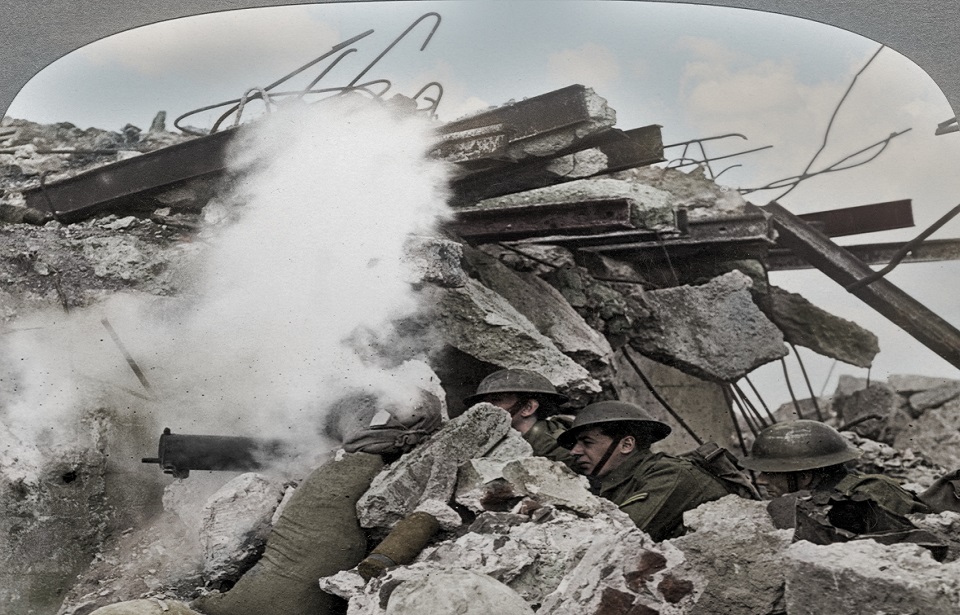When discussing battles throughout the history of warfare, the participants and the equipment and tactics they used are usually the focus. However, the actual physical conditions of the battlefield itself can be equally decisive for the outcome of a battle, sometimes even more so than the actions of the people involved. Rain, snow, mountains, an unexpected river or hillside can totally change how a battle is fought.
Commanders are usually aware of this, but the time and place a battle takes place are not always ideal for each respective participant. Here are five of the worst battlefields in history.
Chosin Reservoir
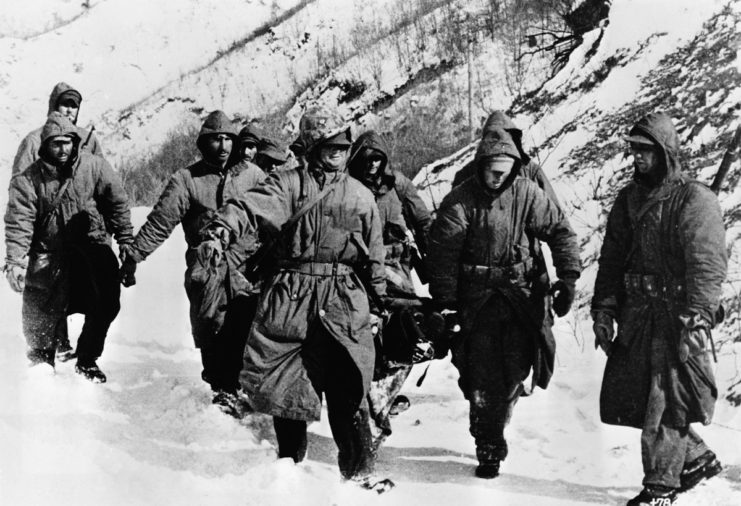
Conditions throughout the Korean War were infamously difficult. Many battles were fought at high altitudes and in the freezing cold, but the battle of Chosin Reservoir in late 1950 was particularly brutal. US Marines were attacked by an enormous force of Chinese troops that outnumbered them by at times ten-1o-one. The attack was a surprise and lead to the Marines’ encirclement.
As if this wasn’t bad enough, both sides were exposed to the extremely harsh Siberian winter, with temperatures reaching as low as -36 degrees Fahrenheit. The ground was frozen solid so foxholes were virtually impossible to dig, weapons jammed and men experienced frostbite. The Marines eventually broke out of the encirclement, but “frozen Chosin” remains an example of harsh battlefield conditions.
The Rzhev Meat Grinder
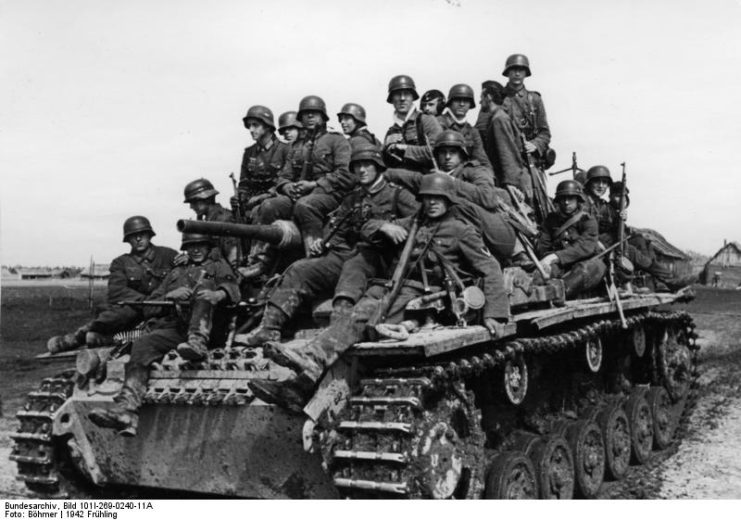
The Soviet Union’s contributions to Germany’s defeat are often overlooked in the west, but they endured years of terribly harsh conditions on the Eastern Front, claiming more of the enemy and losing more people than anyone else in the war. The Eastern Front is arguably the greatest showdown between two opponents in military history.
The “Rzhev Meat Grinder” was an enormous series of battles that saw 3.6 million Soviet troops battle against over 1.5 million Germans. The vicious combat claimed vast amounts of life and the battlefields were quite literally littered with corpses. There were so many bodies that they were sometimes laying on top of each other up to three layers deep. Heavy rains caused many of the corpses to float around.
Some people believe that more than one million Soviets died in the Rzhev Meat Grinder.
Passchendaele
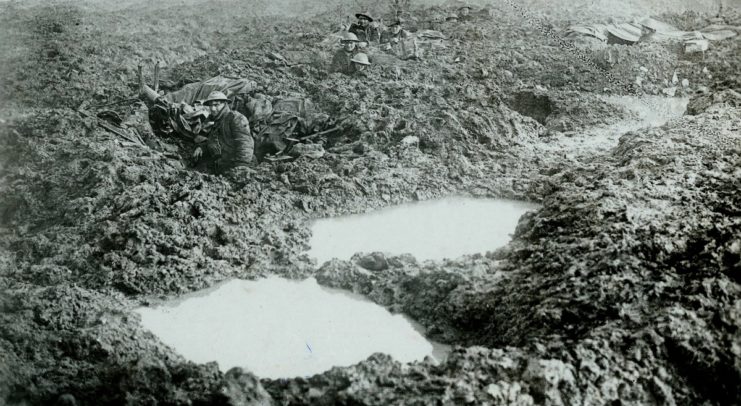
Passchendaele was the location of fierce combat during the First World War. The battle took place on reclaimed marshland, which was soon churned up by the continuous barrage of artillery fire. Shell craters quickly filled up with water as the location degraded into a water-logged swamp, making conditions in the soaking wet Passchendaele trenches unimaginably horrible.
Eventually, there was not a single piece of solid ground. The mud was sticky and so deep that men and even horses drowned. When one fell in, it was often impossible to get them out without risking the lives of others. Sometimes troops would simply shoot men stuck in the mud to save them from an even worse death. The conditions at Passchendaele were arguably the worst of the entire war and were a living hell for the men who fought there.
Dien Bien Phu
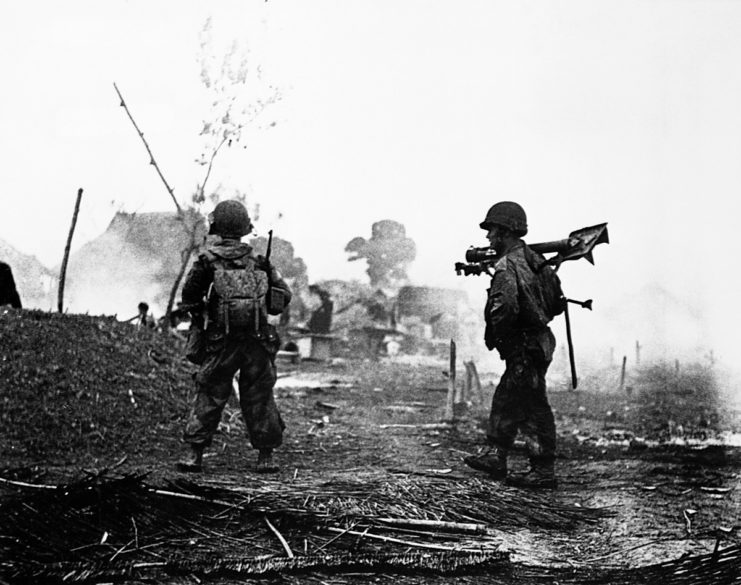
One of the most critical battles leading up to the Vietnam War, some describe the battle of Dien Bien Phu as a slaughter. A French position at the bottom of the valley was meant to be resupplied by the air, under the assumption the Viet Minh had no appreciable anti-aircraft capabilities. Thick jungle canopy, wild vegetation, and downpours of rain in the area took their toll on the French troops.
The Viet Minh surrounded the position and hammered it with heavy artillery fire. They brought anti-aircraft weapons too, which severely limited French support by air and hampered their ability to fight back. The French fortress filled with water and the corpses of their troops. Eventually, the position was overrun completely and has become an example of a crippling military and political failure.
Bougainville
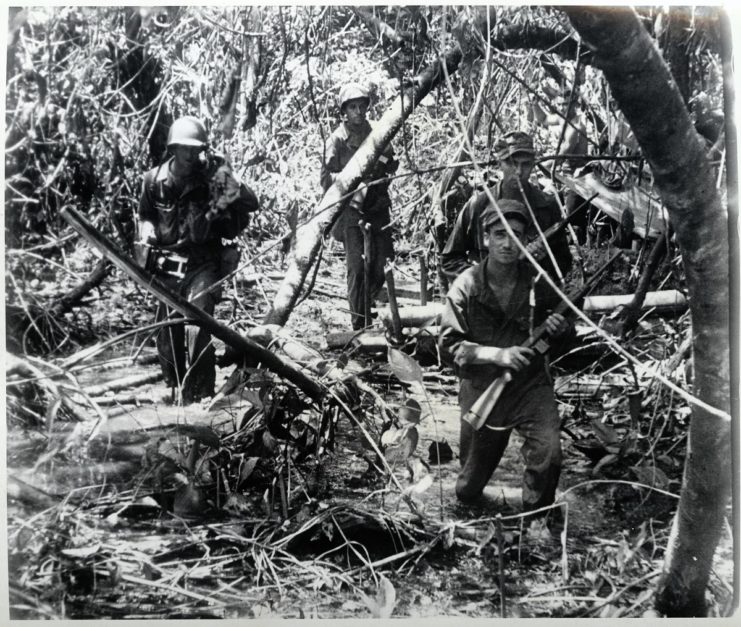
The Bougainville campaign took place during WWII while the Allies attempted to gain control of the Solomon Islands from the Japanese. Allied forces had to battle an extremely determined enemy lasted in an action that lasted from 1943 until the end of the war.
When they reached Bougainville they were greeted with brutal humidity, knee-deep mud, and thick jungle. The canopy was so dense that aircover was rendered useless, so the men had to fight through the conditions on foot. Things got even worse when the rainy seasons came, and the region remained a horrible place to operate in until the war ended.
